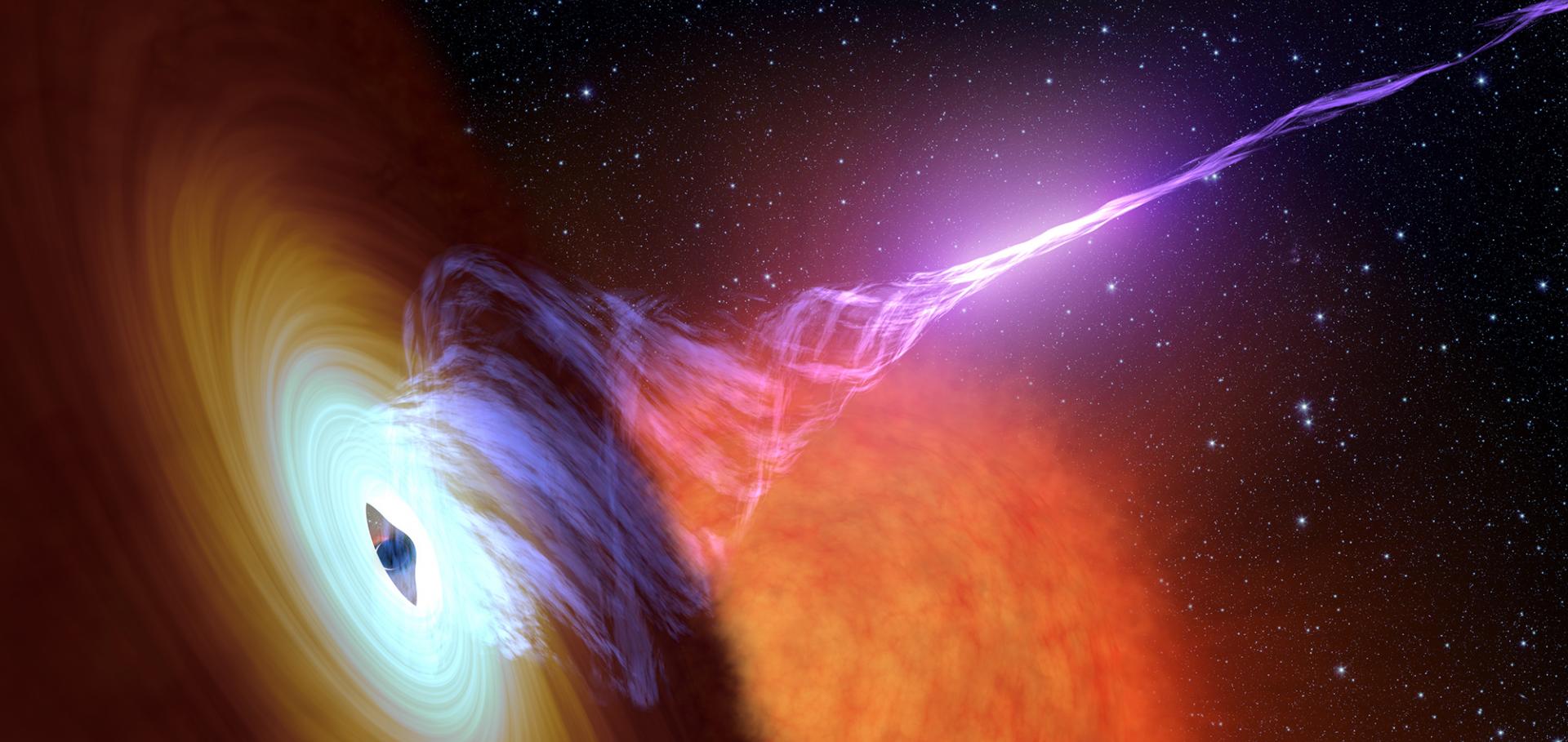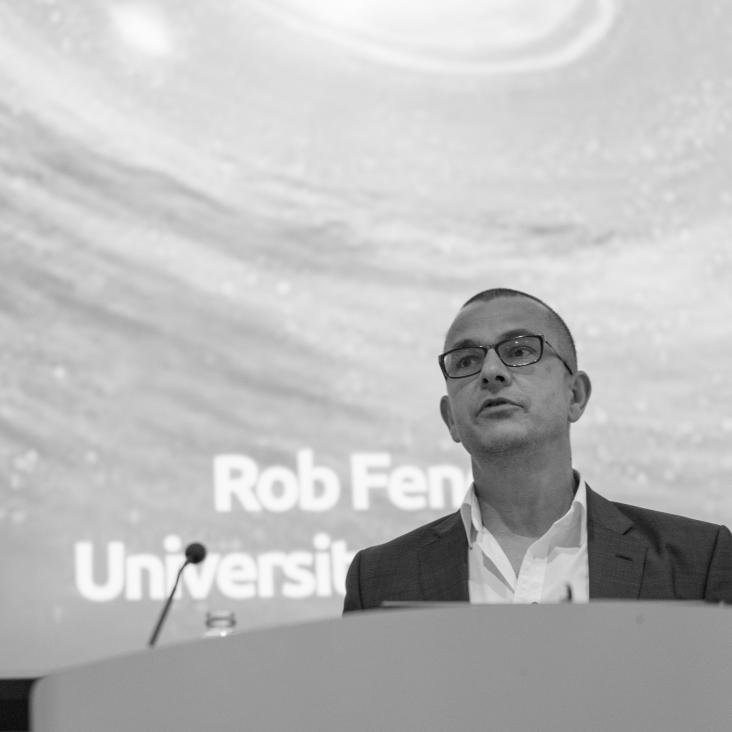The Arcminute Microkelvin Imager Catalogue of Gamma-ray Burst afterglows at 15.7 GHz
(2017)
Up and Down the Black Hole Radio/X-ray Correlation: the 2017 mini-outbursts from Swift J1753.5-0127
(2017)
Spectral differences between the jets in ‘radio loud’ and ‘radio quiet’ hard state black hole binaries
Monthly Notices of the Royal Astronomical Society Oxford University Press 473:3 (2017) 4122-4129
Abstract:
We have compiled from the available literature a large set of radio measurements of black hole binaries in the hard X-ray state for which measurements of the gigahertz frequency radio spectral index are possible. We separate the sample into `radio loud' and `radio quiet' subsets based upon their distribution in the radio -- X-ray plane, and investigate the distribution of radio spectral indices within each subset. The distribution of spectral indices of the `radio loud' subset is well described by a Gaussian distribution with mean spectral index $\alpha = +0.2$ and standard deviation $0.2$ (here spectral index is defined such that a positive spectral index means more flux at higher frequencies). The sparser sample for the `radio quiet' subset can be approximated, less well, by a Gaussian with mean $\alpha = -0.2$ and standard deviation $0.3$; alternatively the simple mean of the distribution of the radio quiet subset is $-0.3$. The two spectral index distributions are different at high statistical significance. Confirming previous work in the literature, we test to see if the differences in observed spectra could result from different distributions of jet viewing angles, but find no evidence for this. We conclude therefore that the jets in the two groups are physically different in some way, and briefly discuss possible origins and further possible diagnostics. Finally we note that extrapolating to lower frequencies the two subsets move closer together in the radio -- X-ray plane, and approximately merge into a single distribution at around 400 MHz.A Tale of Two Transients: GW 170104 and GRB 170105A
The Astrophysical Journal American Astronomical Society 845:2 (2017) 152


